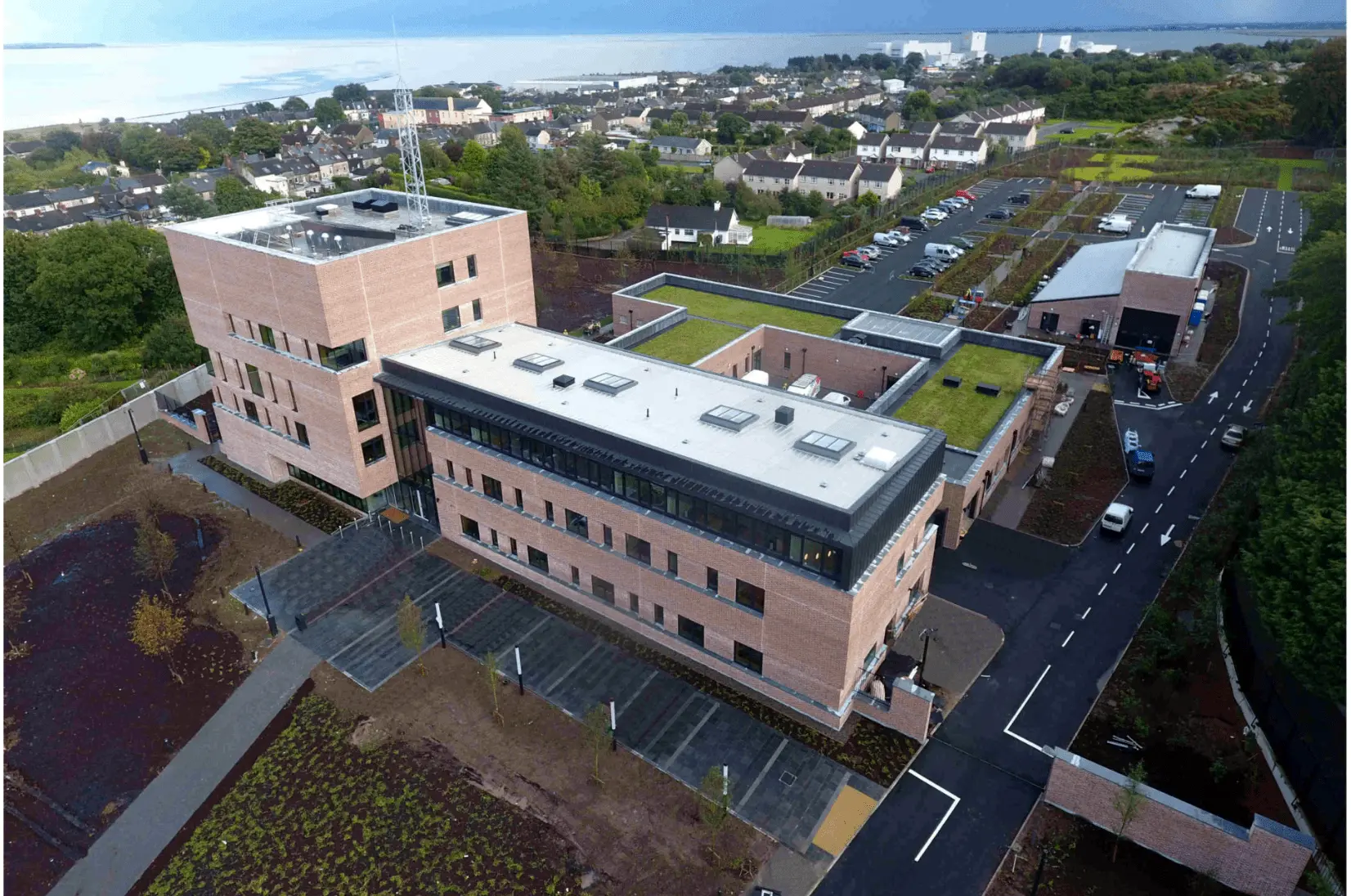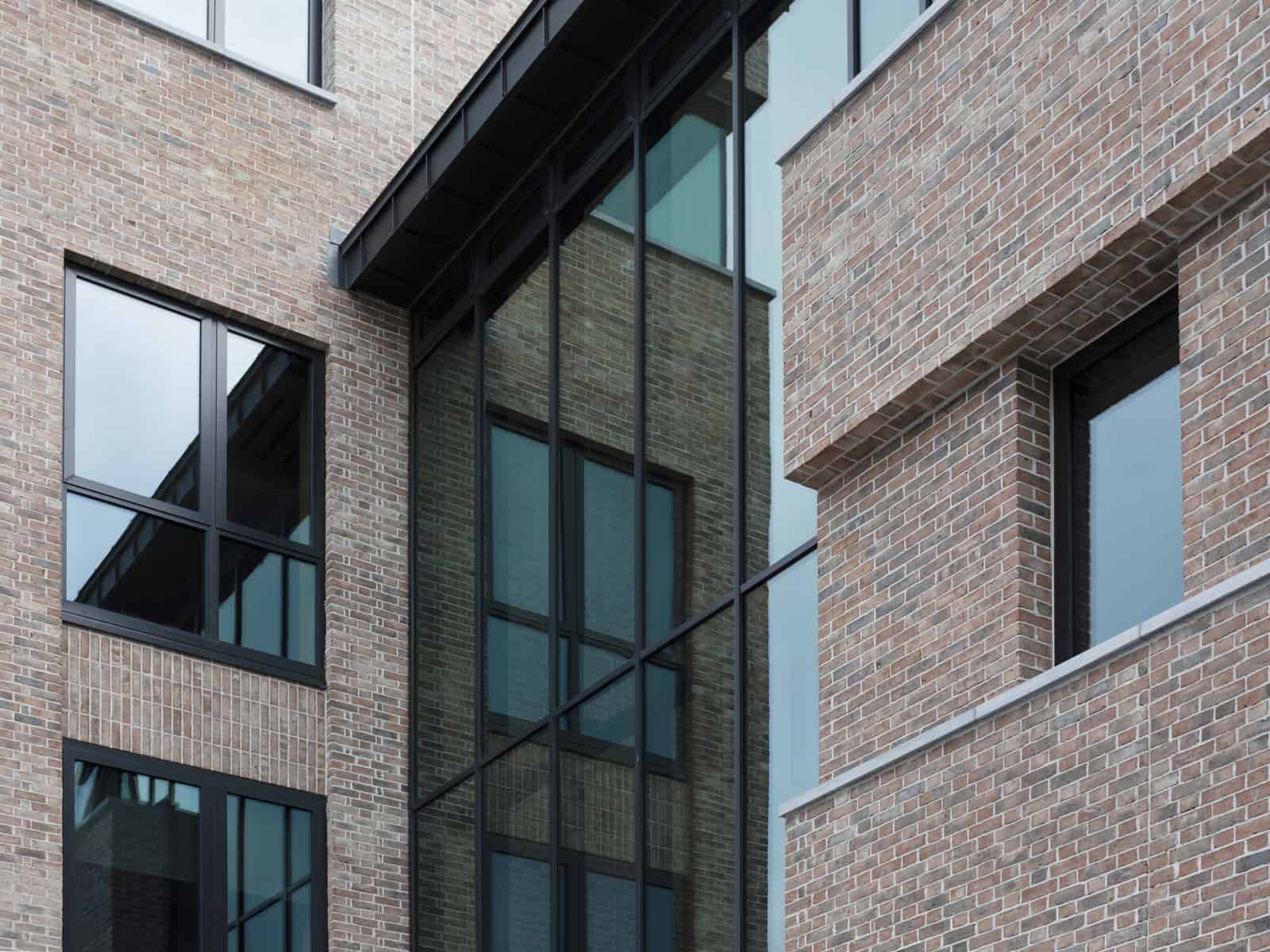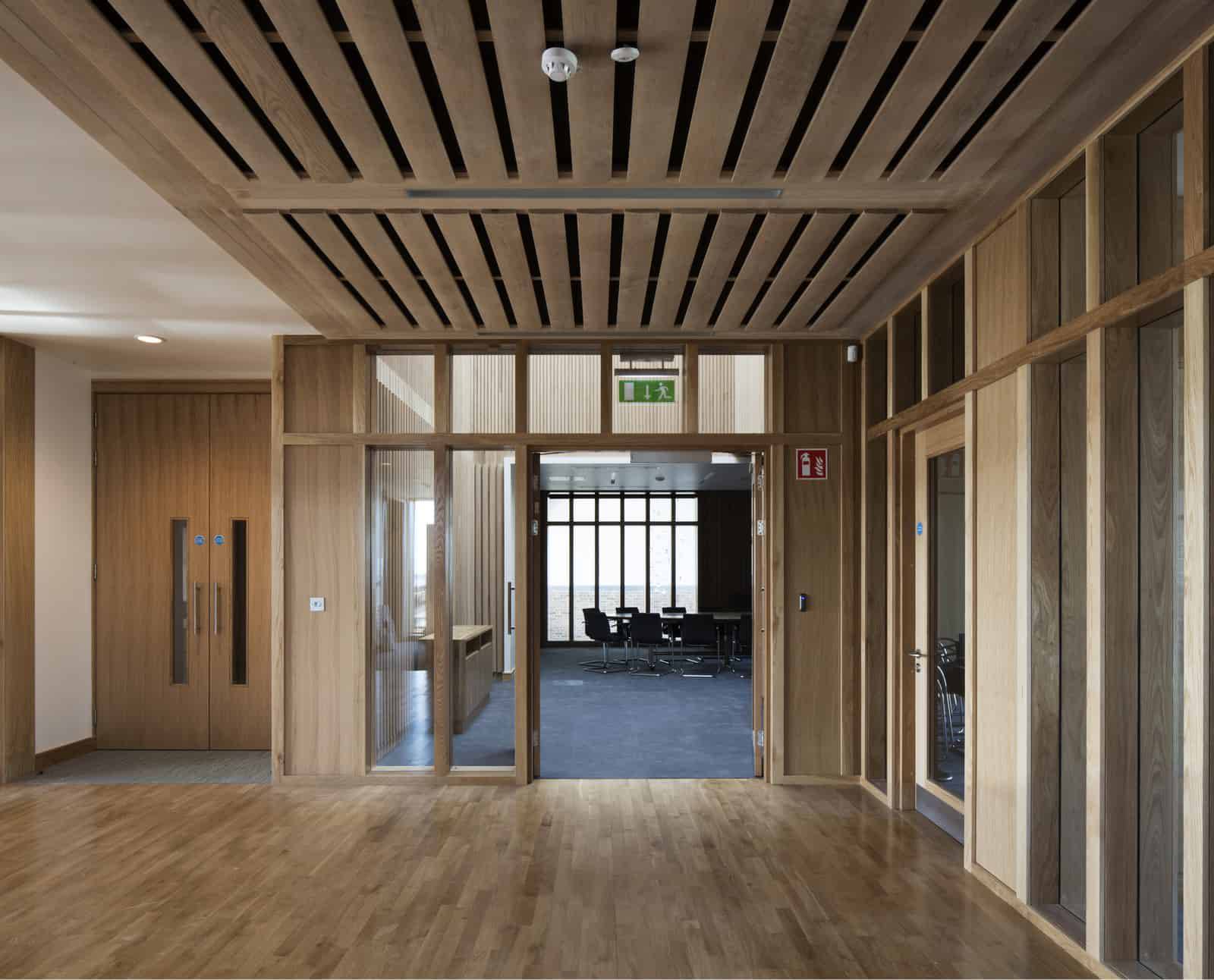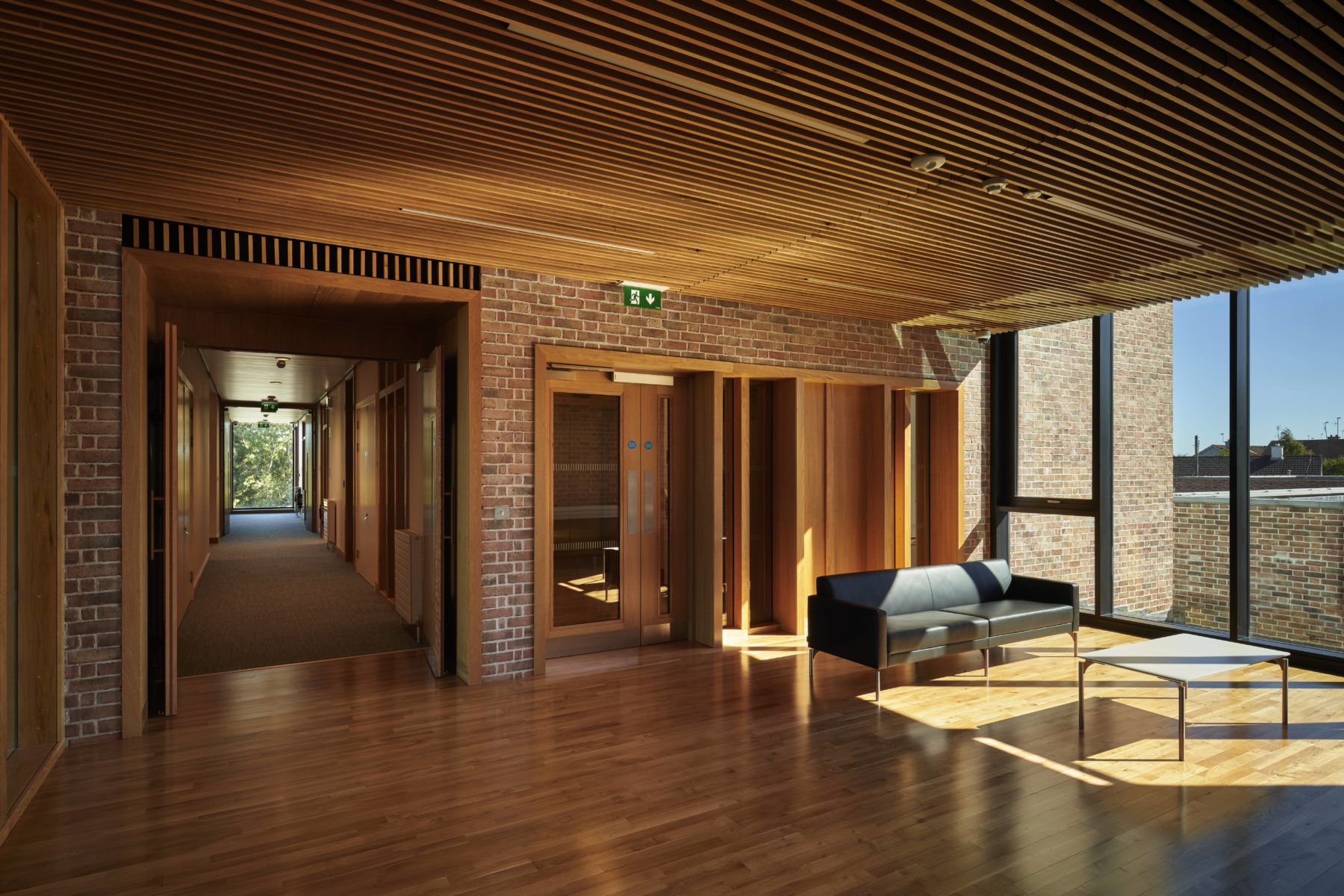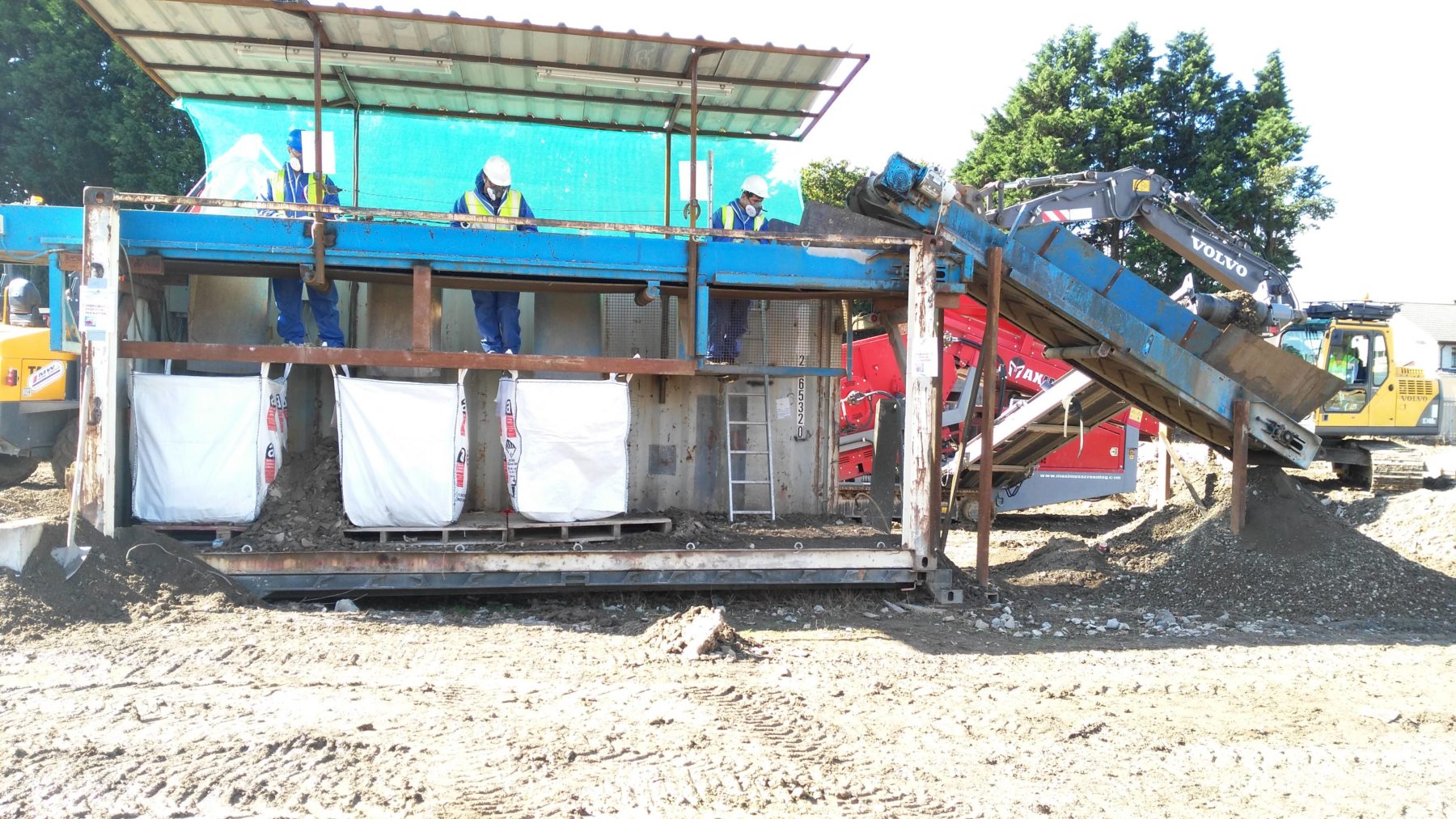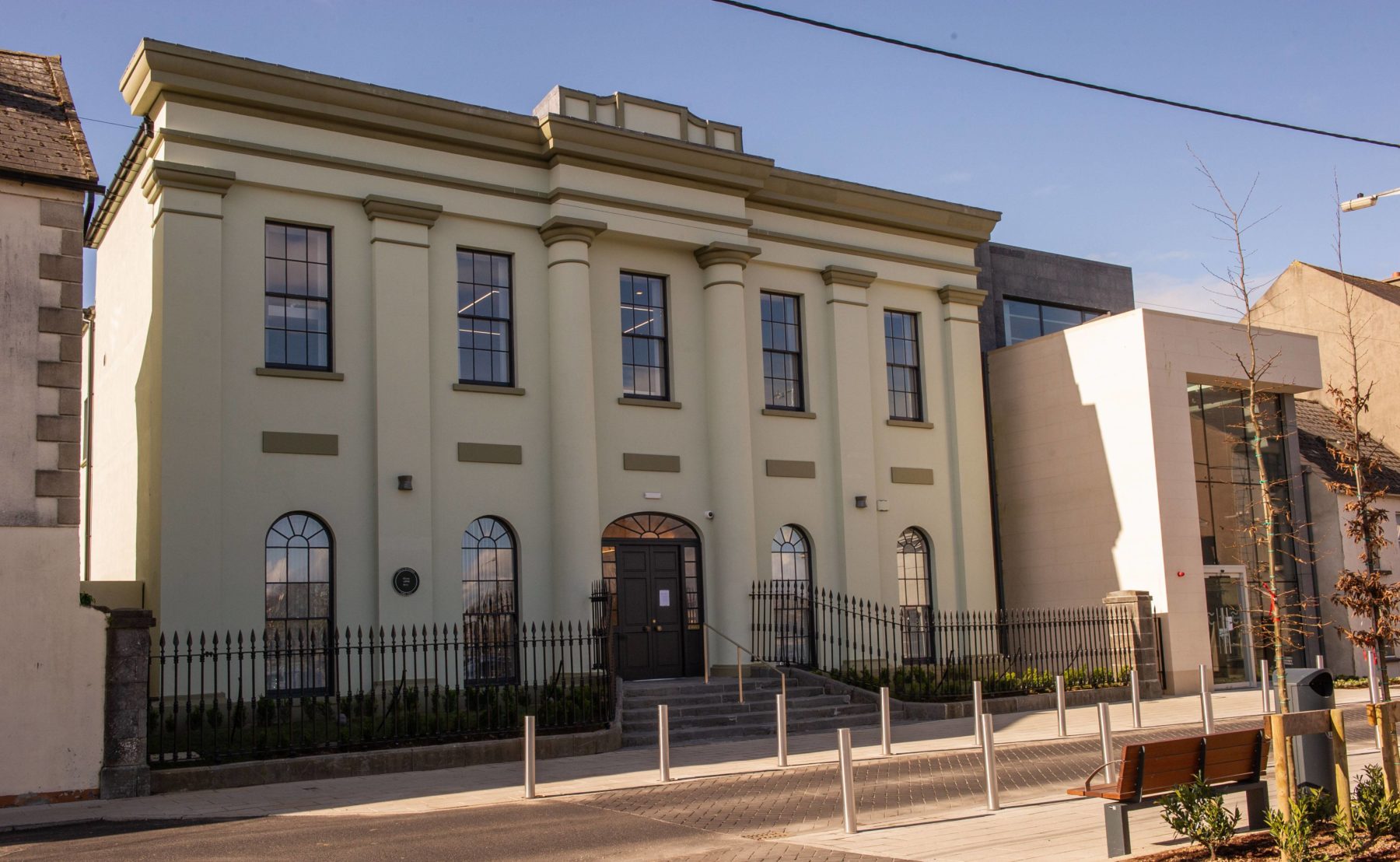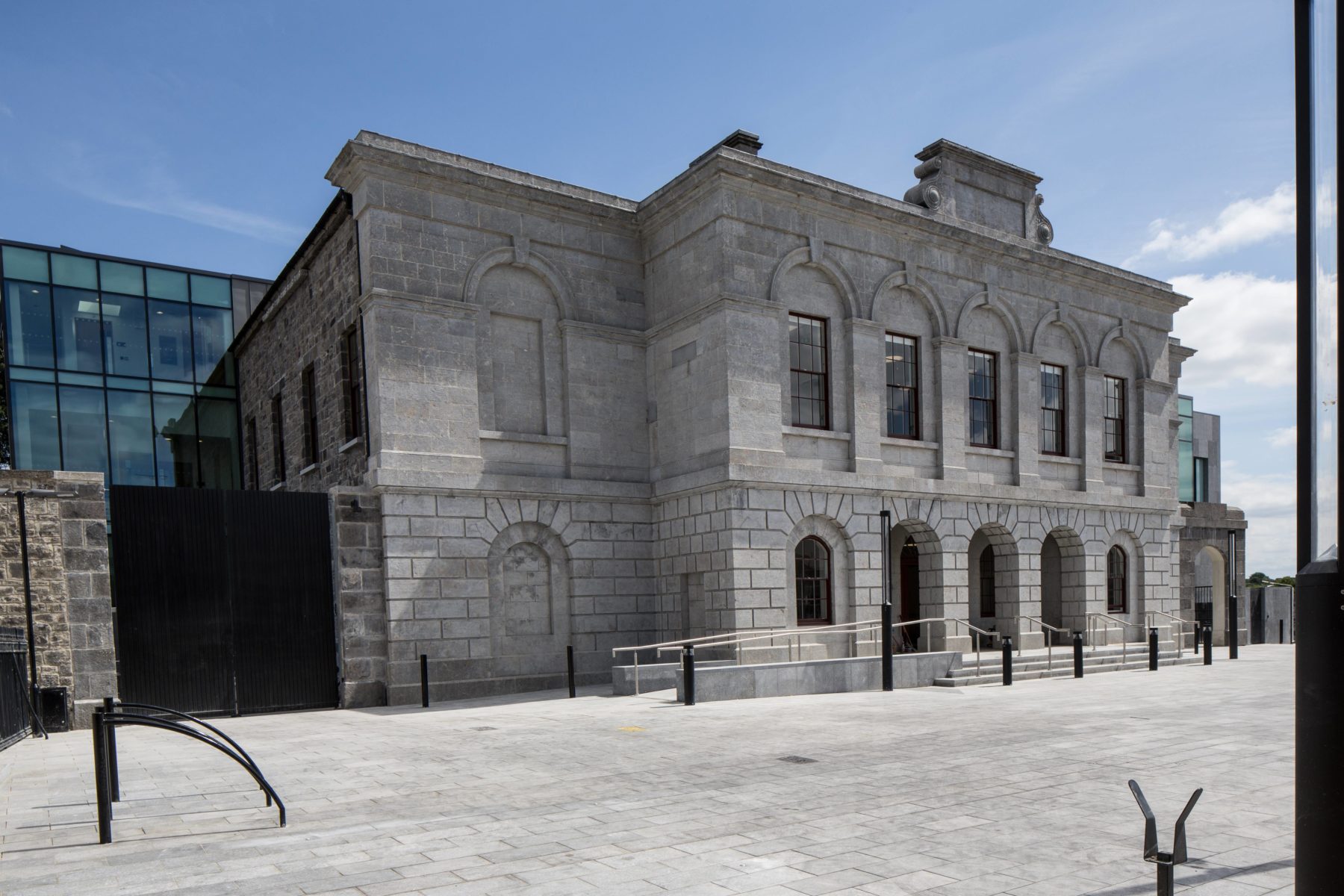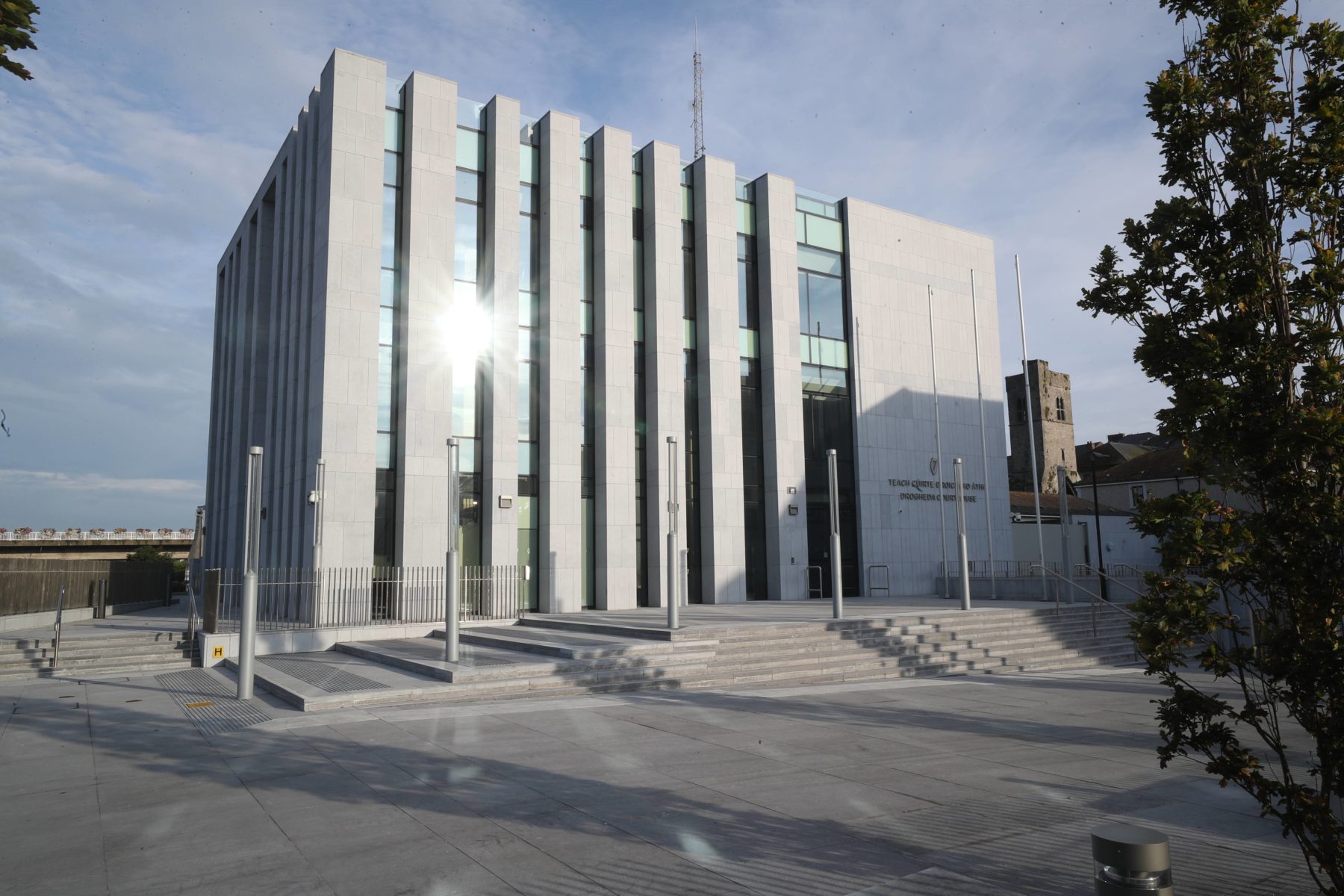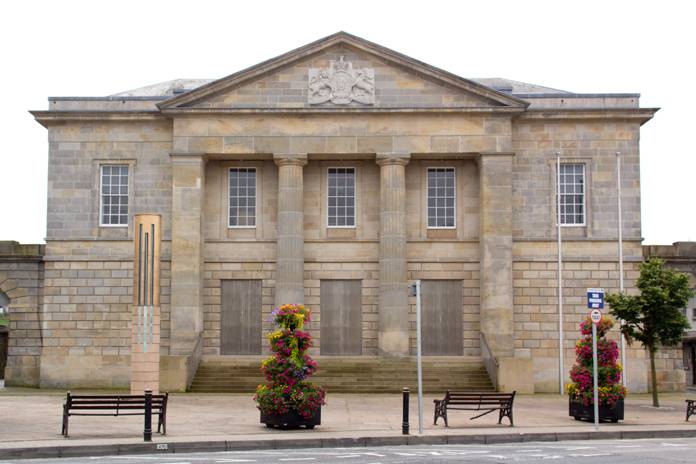Delivered services
Civil Engineering, Structural Engineering
PROJECT DESCRIPTION
This new building provides a 4,000m² Garda Divisional Headquarters building in a three-five storey building, with flat roofs along the Mulgannon Road, Wexford, stepping down to a single storey at the rear of the site. It also includes a standalone single storey heavy goods vehicle garage and stores. The accommodation includes a public entrance, reception, public office, garda offices, staff rooms, waiting rooms, parade rooms, interview rooms, cell block, classrooms, divisional and district clerks offices, major incident room, traffic corp offices, male and female changing rooms, fitness room and ancillary spaces. The building includes administration offices, prisoner detention cells, interview rooms, vehicle inspection building and extensive car park and road infrastructure on a site of circa 2.79 hectares. The major site development works included internal site roadways, a green access road to parts of the site for the fire services, 124 parking spaces for cars and h.g.v’s; sheltered bicycle rack, metal gates, signage, extensive hard and soft landscaping and lighting, vehicular and pedestrian entrances off the Mulgannon Road; the provision of a new 13m telecommunications mast on the roof of the 5-storey building and new fencing and boundary wall treatments to a height of 3 metres.
PROJECT COMPLEXITIES
Hydrocarbon impacted materials were encountered during the initial Site development works that had not been identified during previous site investigations. A site-specific risk assessment model (Remedial Targets Methodology) which is an EPA recommended risk-based tool, was used to determine if there were any potential risks to groundwater both onsite and offsite. The model generated site-specific Remedial Target Values (RTVs) which considered site-specific baseline environmental conditions, including the current and potential use of any water resources and the relevant environmental standards. The risk assessment method was used to specifically address the risk to environmental receptors associated with impacted soils, perched water and groundwater at the Site. This addressed the following pollutant linkages; risk to the bedrock aquifer associated with leaching of contaminants from impacted soils, risk to bedrock aquifer associated with contaminated perched water and risk to Wexford Harbour from impacted groundwater.


